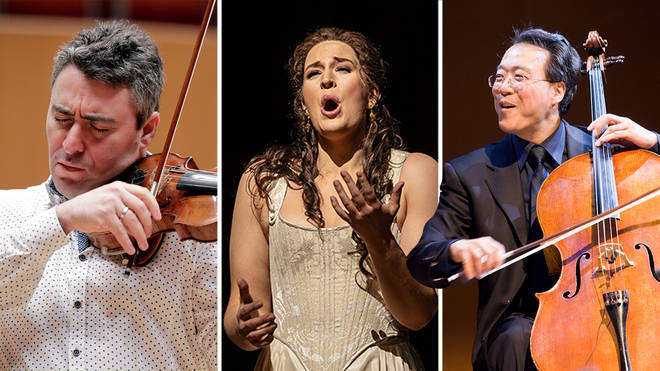
As Classic FM turns 30, we look at some of today’s most celebrated classical artists – one for every year since Handel’s Zadok The Priest heralded our day one.
In 2022, classical music – an artform now over a millennium old, depending on your definition of the small ‘c’ – continues to sell out some of the world’s most impressive concert halls, attract billions of video views across the Internet, and capture imaginations young and old.
And a large part of its success, is owed to the artists who bring the music to life.
To mark , we’ve selected 30 of the greatest classical musicians who are performing and recording today. We pay tribute to their musicianship, their star appeal, critical acclaim, and the broader impact they’ve had on music, the arts, and education worldwide.
In alphabetical order, here is our top 30...
Marin Alsop – conductor
American conductor Marin Alsop has been a crucial figure in progressing classical music over the past century. With a string of ‘firsts’ to her name, her historic move to the helm of the Baltimore Symphony in 2007 made her the first woman appointed director of a major US orchestra. Today, she is chief conductor of the Vienna Radio Symphony Orchestra and Conductor Emeritus of the Bournemouth Symphony Orchestra, and a staunch campaigner for music and arts education.
Martha Argerich – pianist
Arguably the best living pianist, Martha Argerich is revered for her interpretations of 19th and 20th-century piano music. With Deutsche Grammophon the Argentine musician has recorded the solo works of Bach and Liszt, and concertos of Chopin and Prokofiev, and continues to perform today with concert dates coming up in Europe and the Middle East. In recent years she has devoted much of her time to supporting young musicians.
Alison Balsom – trumpeter
Forward-looking, genre-crossing, with a refreshingly personable style – English trumpeter Alison Balsom is one of 2022’s classical superstars. Her latest album Quiet City, a celebration of modern American music in contrast to her 2019 celebration of the era of the natural trumpet, is No.1 in the UK’s Classical Artist Album Chart as of September 2022.
Daniel Barenboim – pianist
Hailed by Opera Now as “one of the most versatile cultural figures of our time”, Argentine-born pianist and conductor Daniel Barenboim is among today’s most in-demand performers on the concert stage. Currently general music director of the Berlin State Opera and Staatskapelle Berlin, Barenboim also founded the ground-breaking West-Eastern Divan Orchestra, which aims to promote mutual understanding between Israeli and Palestinian musicians. He remains a committed chamber musician, performing regularly with friends Anne-Sophie Mutter and Yo-Yo Ma.
Joshua Bell – violinist
Raised in Indiana, American violinist Joshua Bell has been music director of one of Britain’s foremost classical ensembles, Academy of St Martin in the Fields, since 2011. As a soloist he has recorded the great violin repertoire, and can also be heard on the soundtracks of blockbuster films including Hans Zimmer’s Angels and Demons. Ever curious about the future of music, Bell has experimented with virtual experiences, and famously conducted a social experiment on the subway in 2007.
Nicola Benedetti – violinist
Winner of a Grammy Award in 2020 for her recording of Wynton Marsalis’ Violin Concerto, Scottish-Italian violinist Nicola Benedetti is an unstoppable force for good. Her Benedetti Foundation is changing the landscape of music education for children in Scotland and beyond, providing learning opportunities not only to young players but to music educators, too. One of today’s most thrilling and engaging musicians, she was also of the Edinburgh International Festival.
Khatia Buniatishvili – pianist
French-Georgian concert pianist Khatia Buniatishvili has established herself as one of today’s foremost solo artists. Her playing comes with show-stopping style and striking sensitivity, with a focus on the big Romantics – Chopin, Liszt, Tchaikovsky. She has dipped her toe in pop music, playing for Coldplay on their album A Head Full of Dreams, and is a social rights ambassador, playing at concerts to speak out against human rights violations, and championing equality for women and girls.
Gautier Capuçon – cellist
Celebrated for his masterful tone on the instrument, is a star French cellist and talent of today. He is the founder and leader of the Classe d’Excellence de Violoncelle at the Fondation Louis Vuitton in Paris, and ambassador for the Orchestre à l’École Association, which brings classical music to more than 40,000 school children in France.
Lise Davidsen – soprano
Norwegian soprano Lise Davidsen is going from strength to strength, raising bars and excitement levels across Europe’s major opera houses and concert halls. Having made her debut recording of Wagner and Strauss arias as recently as 2019, Davidsen has since performed at the Deutsche Oper Berlin, Amsterdam’s Concertgebouw and the UK’s Royal Opera House, whose music director Antonio Pappano proclaimed, after her performance in Fidelio, that she has “a one-in-a-million voice… when she opened her mouth, we were all stunned. The voice has a light in it.”
Joyce DiDonato – mezzo soprano
With a beguiling command of the stage and a voice described by The Times as “nothing less than 24-carat gold”, American mezzo Joyce DiDonato is one of today’s most celebrated opera singers. The multi–Grammy Award winner is famed for her interpretations of Handel, Mozart and Rossini, and has had residencies at Carnegie Hall and the Barbican Centre. Famously, after breaking her leg on the opening night of The Barber of Seville at Covent Garden, Joyce completed the series of performances in a wheelchair, much to the delight of the public.
Gustavo Dudamel – conductor
The Venezuelan maestro’s impact is felt in three continents, his roles taking him from the helm of the Simón Bolívar Symphony Orchestra, to the LA Philharmonic and the Paris Opera. In 2017 he became the youngest conductor in history to lead the Vienna Philharmonic’s New Year’s Day Concert, and in 2019 he conducted the soundtrack recording for Steven Spielberg’s West Side Story. And we’d be remiss to mention perhaps his best-loved moment – conducting penguins on Sesame Street and bringing classical music to American children, many for the first time.
Mirga Gražinytė-Tyla – conductor
Lithuanian conductor Mirga Gražinytė-Tyla has electrified audiences in her role at the helm of the City of Birmingham Symphony Orchestra, after taking the baton from Sir Simon Rattle. Gražinytė-Tyla signed an exclusive recording contract with Deutsche Grammophon in 2019, and became the first female conductor ever to do so.
Angela Gheorghiu – soprano
Romanian soprano Angela Gheorghiu is famed for her stunning interpretations of Puccini and Verdi, and her extraordinary range. At one rehearsal of her highly acclaimed 1994 La Traviata at the Royal Opera House, Sir Georg Solti said: “I was in tears. I had to go out. The girl is wonderful. She can do everything.” In the 2020s, over 25 years since she created a storm on the Covent Garden stage, she’s still wowing audiences and critics alike. A great diva of our time, who we’re proud to share a birthday with!
Benjamin Grosvenor – pianist
British classical pianist Benjamin Grosvenor is one of the finest in the country today, celebrated for his understated brilliance. In 2011 he signed to Decca Classics, becoming the youngest British musician ever to sign to the label and the first British pianist to sign to the label in almost 60 years. When his 2020 album of Chopin Piano Concertos won a Diapason d’Or de L’année award, the critic said the recording is “a version to rank among the best, and confirmation of an extraordinary artist”.
Hilary Hahn – violinist
A fan favourite wherever she goes, Hahn is one of the 21st century’s most forward-thinking classical artists, putting her audiences first and famously holding signings after pretty much every concert. A three-time Grammy Award winner and named “America’s Best Young Classical Musician” by Time magazine, Hahn plays exquisite Bach and Sibelius, but is also an advocate for new music, and regularly commissions works by diverse contemporary composers.
Barbara Hannigan – conductor, soprano
Some conduct and play – Barbara Hannigan conducts and sings, with panache. The Canadian conductor-singer is the LSO’s first ever associate artist, and a firm supporter of new music and contemporary opera. Performing across Europe with the Danish Radio Symphony, Gothenburg Symphony and Munich Philharmonic, Hannigan creates excitement and inspires awe in audiences wherever she goes, and has also established brilliant mentoring initiatives and programmes for young artists.
Lucie Horsch – recorder
Putting the recorder on the map, 22-year-old Dutch rising star Lucie Horsch is in high demand as a solo artist, while also playing in baroque ensembles, symphony orchestras and in recitals. In 2022, Horsch is reframing the narrative around the humble recorder. She told Canada’s Classic 107: “The good thing is a lot of people know the instrument... but the bad side is that usually it’s a bad memory, because a lot of people were forced to play it in school. Luckily, I never was. I really chose the instrument because I thought that this is something I can do for myself.”
Isata Kanneh-Mason – pianist
The eldest of seven extraordinary, musically talented siblings, including her brother Sheku with whom she recorded duet album Muse in 2022, Isata Kanneh-Mason is a brilliant pianist whose recording career has seen her champion the works of Clara Schumann, alongside more widely known 19th and 20th-century repertoire. One of today’s most in-demand young classical solo artists in the UK, she is also the recipient of the 2021 Leonard Bernstein Award.
Sheku Kanneh-Mason – cellist
Sheku shot to fame after he performed solo to an audience of two billion at the wedding of the Duke and Duchess of Sussex, in St George’s Chapel Windsor. Two years later, it was reported that more young people were taking up the cello than ever, thanks to ‘the Sheku effect’. Inspired to take up cello by Jacqueline du Pré’s monumental recording of Elgar’s Cello Concerto, Sheku’s 2020 album Elgar made him the first cellist in history to land a place in the official UK album chart Top 10, in a groundbreaking moment for classical and pop music.
Jonas Kaufmann – tenor
German tenor Jonas Kaufmann has recorded the big Italian opera roles, playing Cavaradossi in Tosca to great acclaim, but his versatility makes him just as comfortable performing in Wagner’s Die Walküre or singing German lieder. Kaufmann is outspoken on the importance of the arts in our society. In June 2020, he told the FT: “What is Germany, other than language, culture, art, architecture, music and… well, also football? This is the essence of our society. If you destroy that, what is left?”
Lang Lang – pianist
Chinese-born piano superstar might be classical music’s greatest showman. In 2008, an audience of four billion watched him play at the 2008 Beijing Olympics, marking the beginning of the pianist’s power to reach the masses. A music education ambassador, his Lang Lang International Music Foundation brings music to children in schools across China and beyond.
Yo-Yo Ma – cellist
18-time Grammy Award winner, is arguably the world’s most celebrated classical cellist and has recorded music from the beloved Bach Cello Suites to American bluegrass, to traditional Chinese melodies. Born in 1955 to Chinese parents living in Paris, he appeared as a boy in a televised concert with Leonard Bernstein. Today, Ma is a cultural icon and arts ambassador, known for bringing the healing power of music to world events, from the global pandemic, to Russia’s invasion of Ukraine, and President Joe Biden’s inauguration.
Klaus Mäkelä – conductor
Aged only 26, thrilling young Finnish conductor Klaus Mäkelä is already at the helm of two leading European orchestras, the Oslo Philharmonic and Orchestre de Paris, is artistic director of the Turku Music Festival in Finland, and will take up a position at the Concertgebouw orchestra from next season, becoming chief conductor from 2027. The third conductor in history to be signed exclusively to Decca, Mäkelä’s recording debut this year was an ambitious cycle of Sibelius symphonies. A true star of the future of classical music.
Wayne Marshall – organist
Organist Wayne Marshall heard Gershwin’s Rhapsody in Blue aged eight and was spellbound. “For me, your American music is just as important as any Beethoven, Haydn, Mozart, Brahms,” Marshall has said. The British pianist, organist and conductor is a celebrated interpreter of Gershwin and Bernstein, among other 20th-century American composers. As a conductor, he led the first concert of the Chineke! Orchestra, Europe’s first majority Black and ethnically diverse orchestra, in 2015.
Anne-Sophie Mutter – violinist
A soloist and visionary, Anne-Sophie Mutter is one of the world’s leading violinists, famously supported in her early career by the great Herbert von Karajan. Mutter has had several works composed for her in recent years, including by the film music legend John Williams, who penned a special Violin Concerto and rewrote his Across the Stars album for the German virtuoso. In 2022 she joined forces with Daniel Barenboim, Yo-Yo Ma and the West-Eastern Divan Orchestra for a special recording of Beethoven’s Triple Concerto for piano, violin, cello and orchestra.
Emmanuel Pahud – flautist
Swiss-French flautist Emmanuel Pahud is one of today’s busiest classical musicians and a staunch advocate for new music, performing around 160 concerts a year, many of them premieres of flute commissions he has made. Aged 22, Pahud famously became the youngest player in the Berlin Philharmonic, and when he signed with EMI Classics in 1996, he became the only flautist in the world to have a solo recording contract with a major record company.
Sir Simon Rattle – conductor
A legendary conductor of our times, Sir Simon Rattle has been music director of the London Symphony Orchestra since 2015, famously conducting the orchestra three years earlier at the London Olympics Opening Ceremony in a sketch with Rowan Atkinson. Sir Simon also led Berlin Philharmonic for 16 years, and had a long-standing relationship with the City of Birmingham Symphony Orchestra.
One of the greatest classical pianists of the 20th century, Mitsuko Uchida is renowned for her peerless interpretations of Mozart and Schubert. The Japanese-born British musician was made a Dame in 2009 for her contributions to music. Aged 73, Uchida continues to record and perform, and is set to give several concerts throughout the US, Europe and Asia over the next six months, playing with major orchestras including the LSO and Berlin Philharmonic.
Maxim Vengerov – violinist
Hugely popular with both younger and older audiences, Maxim Vengerov is often referred to as the greatest string player in the world today. The Russian-born Israeli violinist – who is – is also internationally acclaimed as a conductor, and in 1997 became the first classical musician to be made an International Goodwill Ambassador by UNICEF, taking his violin to Uganda, Thailand and Kosovo, and playing for young children. “Helping children in need and sharing classical music with young people is perhaps the greatest responsibility of my life,” Vengerov said.
Yuja Wang – pianist
One of today’s most popular pianists, Yuja Wang sells out the world’s concert halls with her virtuosic Mozart, Rachmaninov and Liszt. A formidable force at the piano, Wang has exquisite technique and dynamic control, her performances exhilarating from start to finish. Wang firmly believes in the excitement and spontaneity of live music-making telling the New York Times, “I firmly believe every program should have its own life, and be a representation of how I feel at the moment”.


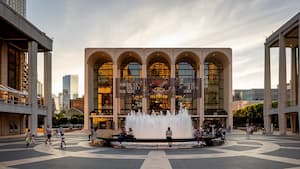

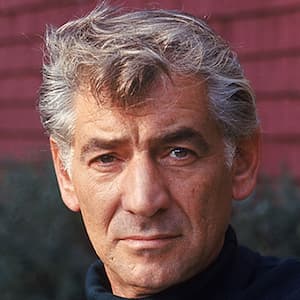
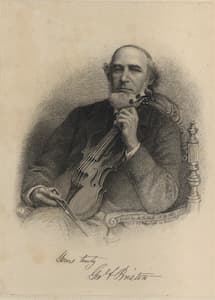
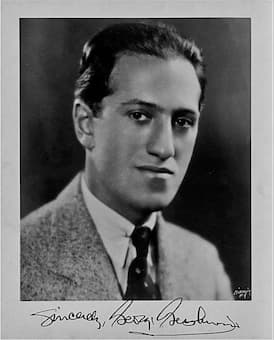
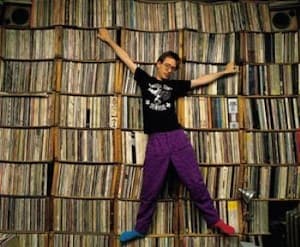
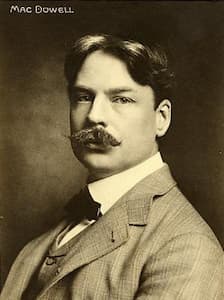
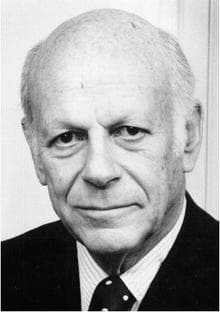
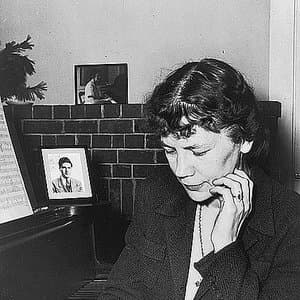
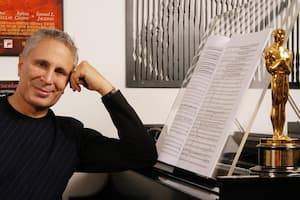
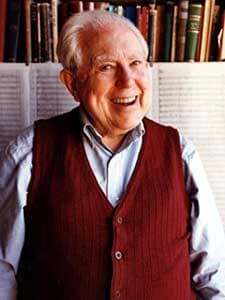

.jpg)